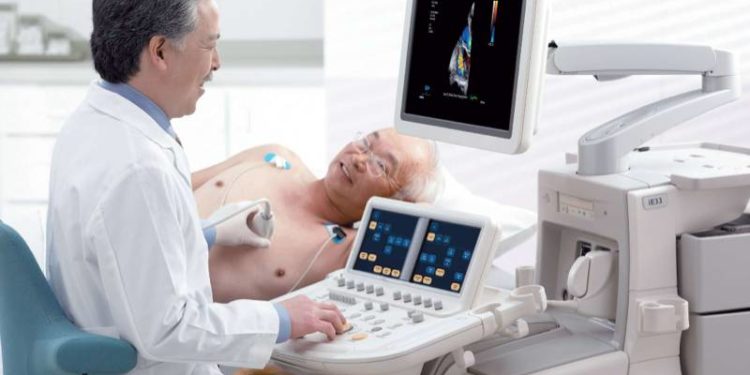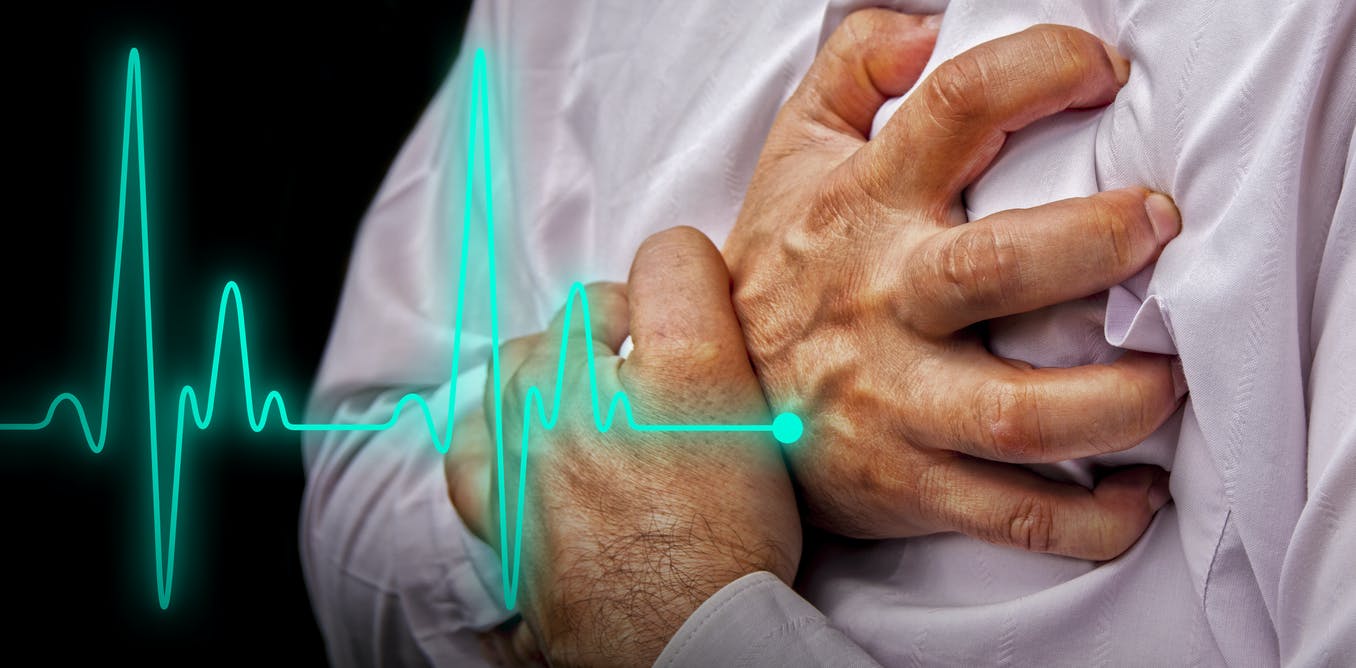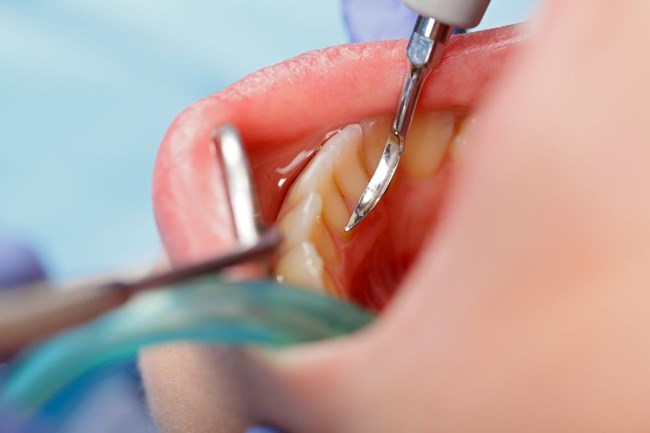How to diagnose coronary the heart disease?
Causes of coronary heart disease
When a diet rich in red meat, dairy, eggs, cholesterol particles, fat, and other cells accumulate in the arteries, fat streaks form in the arteries walls, leading to plaque formation and circulatory disorders.
In coronary artery disease, which is the most common cardiovascular disorder, these blockages affect the heart’s arteries, leading to chest pain and heart attack. Still, such obstructions do not only affect the chest arteries. Atherosclerosis or thickening of the arteries can affect any artery in the body and lead to various body symptoms, a warning sign of cardiovascular disease.

Symptoms of coronary artery disease in women:
All women are at risk for heart disease. Knowing the specific signs and dangers of women and having the proper diet for the heart and exercise can protect you. Some of the symptoms of coronary heart disease in women are:
- The feeling of pain accompanied by discomfort in the chest
- Shortness of breath
- Lightheadedness or dizziness
- Unusual fatigue
- Sweating
- Nausea or vomiting
The appearance of coronary artery disease:
Although different people have different symptoms, many of the symptoms of coronary heart disease are the same as other diseases, but some should be taken seriously. Here are three common signs of clogged arteries:
Pain in the lower back
One of the symptoms of a closed heart artery is back pain. The streets leading to the waist are the first place in the body where plaques accumulate and show signs of clogged arteries. Ten percent of Americans experience advanced vascular occlusion by age 20. Decreased blood flow to the lower back causes weakened discs and burnout of the vertebrae, painful disc herniation, and nerve fatigue.
Studies have even shown that chronic low back pain is the most common form of pain among Americans, and people who suffer from it have a much higher risk of lumbar artery occlusion than people who do not.
Erectile dysfunction in men
In many cases, erectile dysfunction is the first sign of coronary artery disease and coronary artery disease symptoms. When blood flow to the penis is reduced, sexual function is impaired. Recent studies have shown that screening for men with erectile dysfunction can prevent millions of heart attacks or strokes over the next 20 years.
Stroke
When plaque builds up in the arteries leading to the brain, blood flow is reduced, and part of the brain is deprived of oxygen-rich blood; and because brain cells cannot survive without oxygen, a stroke called a stroke occurs.

Cause of coronary heart disease:
Coronary heart disease is usually due to the accumulation of fatty deposits (atheroma) in the arteries’ walls around the heart (coronary arteries). The collection of atheroma narrows the arteries and restricts blood flow to the heart muscle. This process is called atherosclerosis. The following are some of the reasons that cause the heart to close:
- smoking
- High blood pressure
- High cholesterol
- Inactivity
- Diabetes
- Obesity
- Stress and depression
- Family history of premature heart disease
Cardiovascular occlusion tests:
How to diagnose coronary heart disease? How do we know our heart is blocked? The following tests are done to diagnose coronary artery occlusion:
Treadmill stress test
The echo stress test is a general test that is usually prescribed to determine a person’s public health or because of the early signs of a heart attack such as chronic fatigue, chest pain.
Detection of coronary arteries by echo
Before and after walking on the treadmill, a small device is placed on the chest, which emits ultrasonic waves that jump back and forth after hitting the heart, creating a moving image of the heart and valves.
Nuclear test of the heart
After exercise and rest, radioactive material is injected into the arteries that enter the heart. Images taken by a doctor can identify areas of abnormal blood flow to the heart muscle due to narrowing or blockage of blood vessels and sores from previous heart attacks.
Magnetic resonance imaging or MRI
The person is lying inside the MRI machine. The drug is used to increase blood flow to the heart, after which images are taken while still. Using these images, you can identify previous locations of the heart attack.
Diagnosis of coronary heart disease with ECG
At the ECG, small sticky electrodes are placed on the chest to record your heart’s electrical activity. An ECG may show heart rhythm abnormalities, damage to the heart attack, or enlargement of the heart.
When do test results show heart problems?
If the stress test is positive, there are one or more large fatty plaques inside the arteries that interfere with blood flow. Therefore, a test is needed to show the exact location of the clogged arteries.
One of the most effective ways to find an artery obstruction’s exact location is to use angiography obtained during cardiac catheterization or simply angiography, an invasive test performed by an angiologist.
A non-invasive alternative to this method is angiography obtained by computed tomography or CT, a type of advanced X-ray imaging. This test is known as coronary angiography.
CT angiography is used in many emergency departments to save patients with coronary artery disease with chest pain.
Negative coronary angiography tests provide good reassurance about heart disease types and clogged arteries leading to the heart and significantly reduce the risk of future heart attacks.
Determining the risk of a heart attack:
Finding a specific part of the heart muscle that does not reach the bloodstream and ischemia (anemia) can reduce the disease’s symptoms and consequences if blood flow is restored in these areas.
Even after stress echocardiography and angiography, it is still unclear whether a blocked blood vessel caused the problem, and more tests are needed.
However, plaques block only 30 to 40 percent of the arteries and often show no blockage signs until they suddenly clot and have a heart attack. Finding a way to identify these issues can save countless lives. Although many researchers are trying to predict very dangerous lesions, they have not yet been able to find a way to prevent a heart attack.
Can coronary heart disease be treated with medication?
Because blockage of arteries in one area indicates a major systemic problem in the patient, medications that relieve early symptoms may not be an effective way to treat the underlying problem.
Research shows that only short-term medications can reduce a patient’s coronary artery disease symptoms, and the most important treatment is a change in diet and improvement of lifestyle habits. A cholesterol-free plant-based diet, increased mobility, and regular exercise are the best ways to prevent clogged arteries and improve blood flow to the body.
Treatment of coronary heart disease:
Clogged arteries are not entirely curable, but some methods can help manage symptoms and reduce the risk of heart attacks.
Some treatments may include the following:
- Lifestyle changes, such as regular exercise and quitting smoking
- medicines
- Angioplasty – where a balloon and stent are used to treat narrow heart arteries
- surgery
If a person has chronic heart disease or clogged arteries, a diagnostic angiography procedure may be prescribed by a specialist. The cost of angiography varies depending on the type of insurance and hoteling of the hospital.
Always remember, the patient with blocked blood vessels should always be under the care of a doctor, and you should contact your cardiologist for other health care (such as major surgery, chemotherapy, pregnancy, etc.).
Also Read:
Causes of heart palpitations in pregnancy










